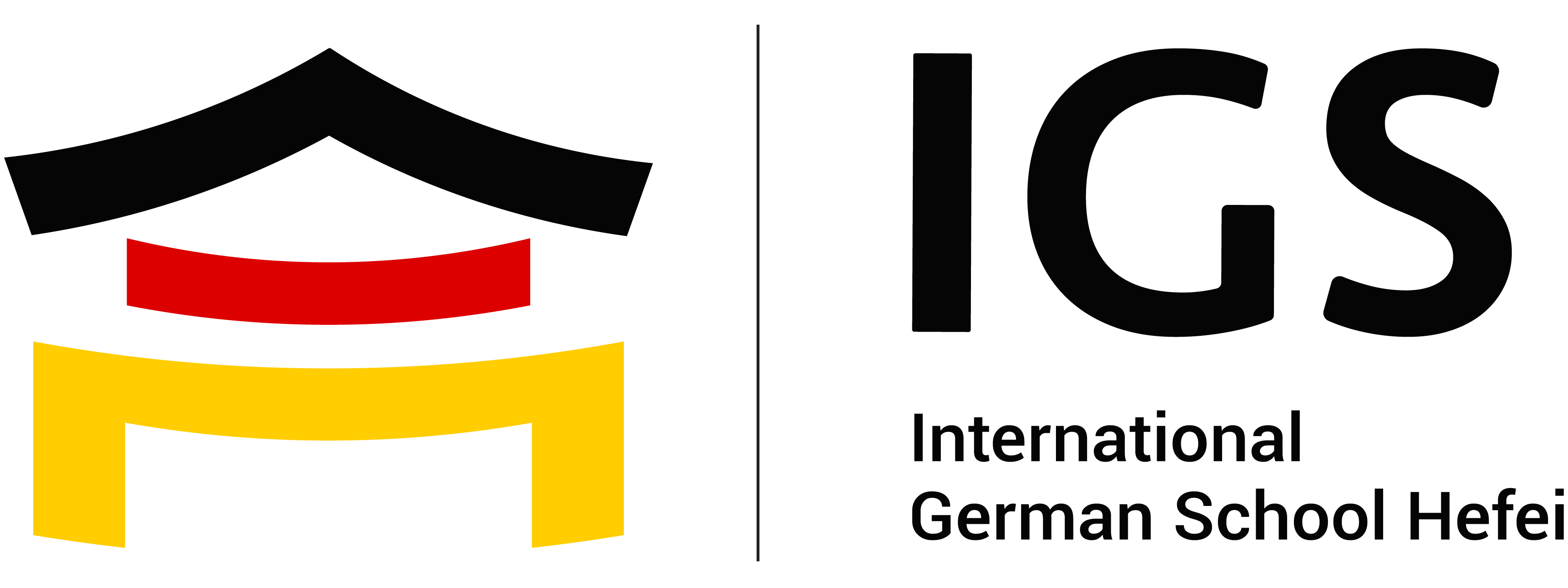The work of education is divided between the teacher and the environment.
Maria Montessori
At IGS, the Learning Landscape approach is used in both the primary and lower secondary school levels.
What is it about?
In primary school (Grades 1–4), the curriculum is divided into six thematic fields (e.g. My Body, Animals, etc.). Each thematic unit is allocated approximately six weeks of learning time per school year. During these six weeks, the same theme is explored from the perspective of Mathematics, Science (Sachunterricht), and German.
Each student receives a personalized learning plan prepared by the teacher, allowing for individual learning needs and support to be taken into account.
Each student receives a personalized learning plan prepared by the teacher, allowing for individual learning needs and support to be taken into account.
What makes it special?
From 8:00 a.m. to 10:15 a.m., students have the freedom to choose whether they would like to engage with the current topic from the perspective of Science, Mathematics, or German. However, by the end of the thematic unit, they must have completed the required tasks from all three subjects.
This approach encourages students to plan their own learning process at an early age, while still experiencing a sense of autonomy in managing their time.
Once a task is completed, it is recorded in the student’s individual learning plan.
Progress is reviewed during regular “consultations” with the teacher, using learning journals (logbooks) with personal notes as the basis for reflection.
Upon completing a theme, students color in a section of their personal learning map, allowing their academic growth to be visually tracked throughout the school year.
This approach encourages students to plan their own learning process at an early age, while still experiencing a sense of autonomy in managing their time.
Once a task is completed, it is recorded in the student’s individual learning plan.
Progress is reviewed during regular “consultations” with the teacher, using learning journals (logbooks) with personal notes as the basis for reflection.
Upon completing a theme, students color in a section of their personal learning map, allowing their academic growth to be visually tracked throughout the school year.
How is this approach implemented in Grade 5-10?
The Learning Landscape model is used from Grade 5 in Science and Modern Foreign Languages, and from Grade 7 in the Social Sciences.
In the sciences, the Learning Landscapes are project-based and concept-oriented. At the start of each unit (e.g. The Lemon Battery), students set sub-goals for each subject area based on the final product they are expected to create.
Using modular plans, they work independently through research and experimentation to reach their goals. At the end of the unit, the results from each subject are combined into one cohesive final product.
In the social sciences (Grades 7 and 8), the focus begins with a combination of History and Civic Education.
From Grade 9 onward, History, Politics, and Economics are taught in an increasingly interdisciplinary manner. Each module plan in the Social Sciences centers around an overarching theme (e.g. The French Revolution), which is analyzed from multiple perspectives: Historical, Sociological and Political science
In the sciences, the Learning Landscapes are project-based and concept-oriented. At the start of each unit (e.g. The Lemon Battery), students set sub-goals for each subject area based on the final product they are expected to create.
Using modular plans, they work independently through research and experimentation to reach their goals. At the end of the unit, the results from each subject are combined into one cohesive final product.
In the social sciences (Grades 7 and 8), the focus begins with a combination of History and Civic Education.
From Grade 9 onward, History, Politics, and Economics are taught in an increasingly interdisciplinary manner. Each module plan in the Social Sciences centers around an overarching theme (e.g. The French Revolution), which is analyzed from multiple perspectives: Historical, Sociological and Political science
